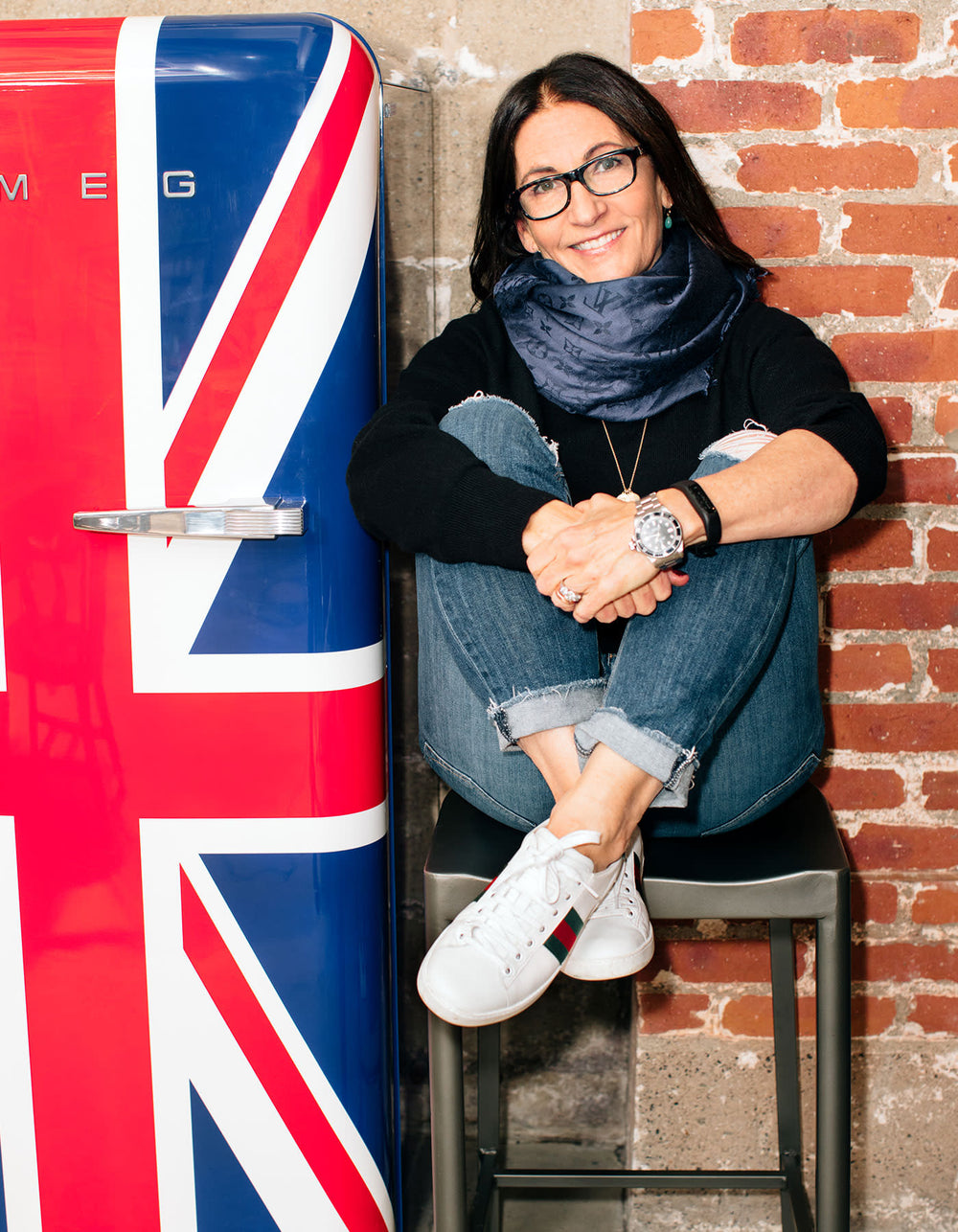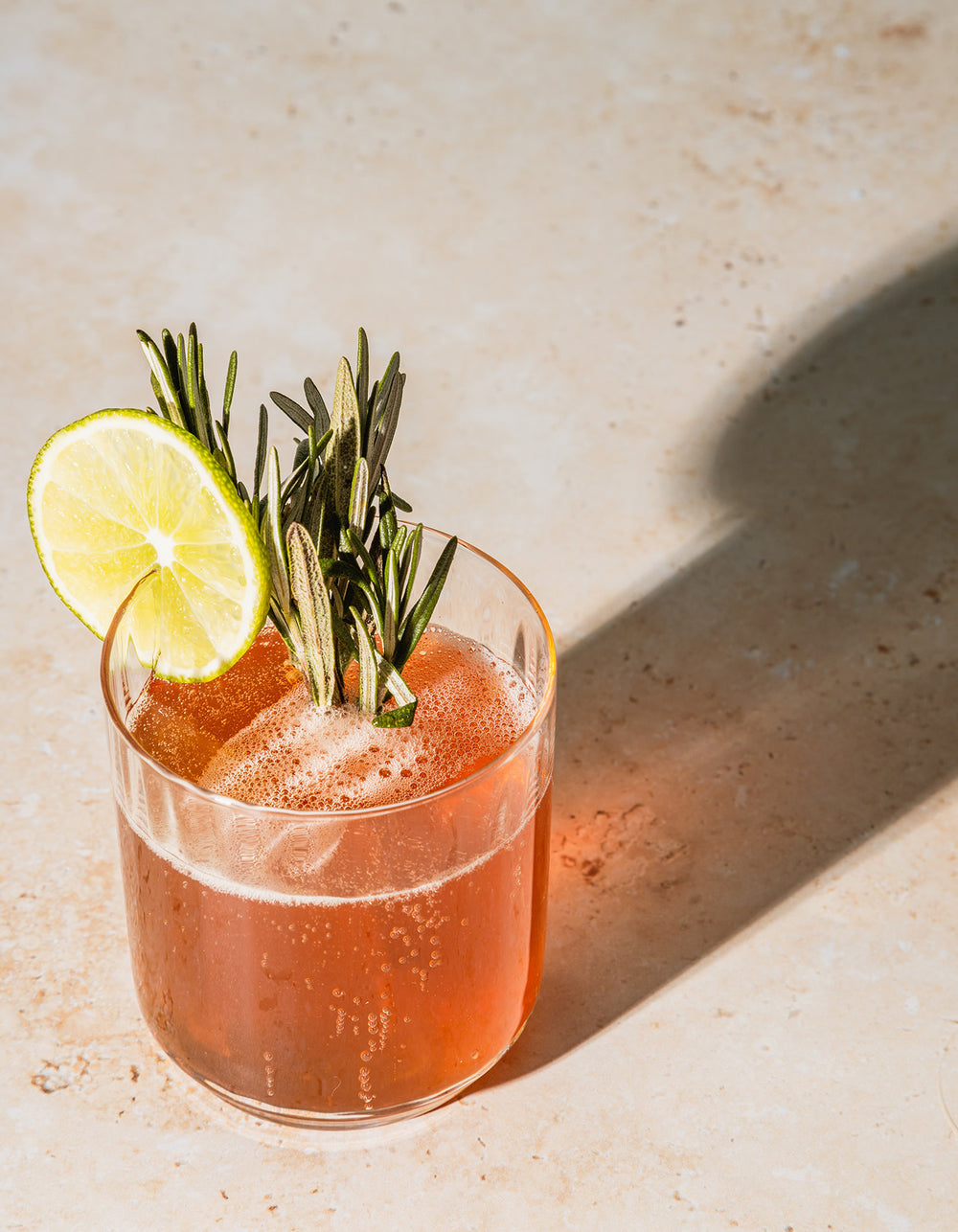Diary / Wellness / Sep 26, 2022
The Truth About the Keto Diet
Written by: Elyse Moody
Photography by: Sarah Elliot

The Instagram hashtag #ketotransformation tells you everything you need to know about why the ketogenic diet is the most popular way to lose weight fast right now. Before-and-after selfies of markedly thinner, beaming women fill the grid next to close-ups of cheesy eggs, avocados, cookies, cupcakes, and lots (and lots) of meat. Add to that endorsements by the likes of Halle Berry and fellow low-carb proponents such as Vanessa Hudgens and Kourtney Kardashian, and you get the full picture. The premise is simple: Eat mostly fat, only a little protein, and a minuscule amount of carbs, and you can trick your body into burning its fat reserves for energy. Goodbye, belly and hips; hello, Hollywood fitness—right? You will lose weight, but that’s only one effect of the diet—and certain aspects of it are more nutritionally sound than others. Read on to learn what’s smart about keto, and how to make those elements work for you.
YOUR PLATE ON KETO
Think of keto as the current iteration of low-carb programs like Atkins, Dukan, and Paleo, but focused specifically on fat. On it, you need to get 70 percent of your calories from fat, 15 to 20 percent from protein, and just 5 to 10 percent from carbs, says Vicki Retelny, a registered dietitian nutritionist in Chicago and author of Total Body Diet for Dummies. (That formula was originally developed back in the 1920s, not for weight loss but to help children with epilepsy get their seizures under control; it’s still used for that purpose today. Researchers don’t fully understand the mechanism by which keto works to control seizures, but a UCLA study out this week suggested an interplay between ketones and — you guessed it — gut bacteria. As we’re learning daily, it seems, so much about our well-being hinges on a healthy gut.) By comparison, the National Academies’ Institute of Medicine recommends that adults get 45 to 65 percent of daily calories from carbs, 20 to 35 percent from fat, and 10 to 35 percent from protein, to meet nutritional needs and minimize risk of chronic disease. The body typically breaks down carbs for fuel, but when they aren’t available, it goes for fat, metabolizing it into an alternative fuel source called ketone bodies via a process called ketosis—thus the name. To remain in ketosis, you must consume fewer than approximately 130 grams of carbs a day, says Lisa Drayer, a nutritionist in New York City, noting that even this tiny amount is about 2.5 times more than what the keto diet calls for. In other words, you’re seriously minimizing carbs.
To do it healthily, you need to fill up on grass-fed meat, pasture-raised poultry, and wild fish, which are rich in fat and protein, contain virtually zero carbs, and have higher amounts of heart-healthy omega-3 fats, says Charleston, South Carolina–based registered dietitian nutritionist Mia Syn. Cheese also packs fat and protein, as well as calcium, Syn says; harder cheeses, such as sharp cheddar, tend to be lower in carbs. Nuts and seeds—full of fiber and healthy monounsaturated and polyunsaturated fats—are vital. You also want to eat plenty of fibrous vegetables, which help keep you regular and provide essential vitamins and minerals. Dark leafy greens, broccoli, zucchini, and asparagus are lower-carb choices.

YOUR BODY ON KETO
As is apparent from those inspirational before-and-after photos, keto does have merits. It can decrease your appetite, says Drayer, which is unusual and appealing for a diet. On top of that, it leaves you feeling full instead of deprived, which is empowering, according to Nina Shapiro, MD, director of pediatric otolaryngology and a professor of head and neck surgery at the David Geffen School of Medicine at UCLA and the author of the new book Hype: A Doctor’s Guide to Medical Myths, Exaggerated Claims, and Bad Advice: How to Tell What’s Real and What’s Not. “You’re eating, so you’re not hungry, but your body is starving, and you’re losing weight,” she says. “People love that feeling. It makes you feel like you’re in control.”
The weight reduction benefits are real: The pounds can come off fast, in a week or less, if you are strict about it, says Shapiro. Cutting carbs so drastically results in a very speedy loss, partly because it reduces fluid retention, but dieters usually gain it back, and then some. “Unless there’s a medical reason, there’s no other reason to restrict ourselves so much,” Shapiro says. “Most people who do such a dramatic diet bounce back. They say, ‘I’ve lost the weight,’ and I say, ‘You’ll find it.’”
And Halle Berry’s not the only one touting other benefits of keto for conditions such as type 1 and 2 diabetes, cardiovascular disease, and even autoimmune disorders. Retelny pointed to a significant study last year on the cardiovascular benefits of a short-term, low-carb diet—not specifically a keto regimen. Sufficient research hasn’t yet been done yet to confirm keto’s medical benefits for anything except epilepsy. However, losing weight and eating fewer refined carbs and added sugars (without eating more fats and banning healthy carbs) can have benefits that would improve myriad symptoms.
Keto alone also won’t help you build muscle mass or tone your body—you still need to do weight training to firm up. “That’s one of the biggies that I hear,” says Shapiro, “even from people in medicine.”
As for downsides: The mild ketosis you induce by going on the diet can cause foul or fruity smelling breath, headaches, irritability, and a bad mood, says Drayer. If you don’t allocate enough of your carb quota to fiber-rich vegetables, you’ll also feel constipated, says Tanya Zuckerbrot, a New York City dietitian and creator of the fiber-focused F-Factor Diet. Along the same lines, you need to be sure to drink plenty of water, since ketosis can be taxing on the kidneys. The risk of severe kidney function issues is low on keto, experts say, but kidney stones may be slightly more of a concern if you have a family history. Over time, if followed very strictly, ketosis can lead to ketotic coma, severe muscle and tissue damage, or even death, but those outcomes are extremely unlikely since it’s so hard to follow the diet to a T and stick to it for very long.
There’s one obvious thing that undercuts the premise of such a fat-heavy diet: “A lot of the foods that are supposedly prescriptive for the keto diet are unhealthy,” says Shapiro. “Certainly eggs are good, in moderation. And you don’t have to be a scientist to know that bacon is just not that good for you.” So yes, you will lose weight initially, but it may be detrimental to your overall well-being, especially if you have a predisposition to heart or vascular disease.
Dining out or eating at work or on the go can be problematic, says Retelny, “because many of the foods you find are higher in carbs or even protein that you need.”
Then there’s what you’re not eating. “When you cut out whole food groups, you cut out nutrients that you need,” says Zuckerbrot. Fiber does a lot more than smooth digestion, she adds: Getting enough of it decreases your risk of cardiovascular disease, breast and colon cancers; supports a healthy gut microbiome; and lowers inflammation throughout the body. Drayer points out that many antioxidants and other micronutrients beneficial to keeping your skin looking healthy and beautiful are found in foods that contain carbs, especially fruits and dairy, such as yogurt, tomatoes, kiwis, and blueberries.
TO TRY IT OR NOT TO TRY IT
While all the nutritionists we spoke to acknowledge the appeal of the keto diet, none of them said they would recommend it, except in a clinical setting to treat epilepsy. In the very short term, Drayer says she can see how it may have valuable motivational benefits: “I think it’s fine as a jump-start. If indulging in high-fat foods and seeing those numbers on the scale come down quickly is going to help you get over the hump of eliminating processed carbs, then that’s a good thing.” But there are plenty of good reasons why it recently placed last (tied with Dukan) on U.S. News & World Report’s annual ranking of diets by an expert panel. If you’re determined and excited to try it, consult your doctor first. And after you’ve gotten a boost, cut back on the fat and add back moderate amounts of healthy, high-fiber carbs, fresh fruit, and all the vegetables you want. That’s what a healthy, sustainable diet looks like. So why not start there instead?













































 Miracle Balm
Miracle Balm
 Just Enough Tinted Moisturizer
Just Enough Tinted Moisturizer
 What The Foundation
What The Foundation


